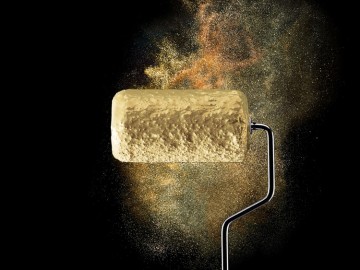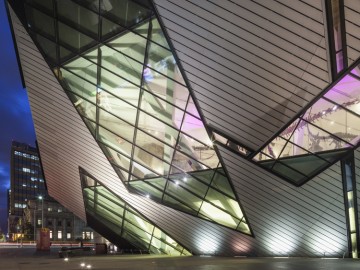Concentrating on the Essentials
A good indoor climate is essential for our well-being. The paints and construction industries have therefore spent decades working to reduce the use of solvents, plasticizers and other volatile organic components in their products. Today, indoor paints can be formulated with a VOC content of less than 1 g/L for healthy interiors. VINNAPAS® VAE dispersions play a key role in this development: they do not need organic solvents, plasticizers or coalescing agents and make it possible to formulate paints without the use of APEO. Product quality and performance remain unaffected, as the polymer acts as a property enhancer. An extra benefit of this development is that eliminating VOCs also eliminates the typical smell of fresh paint. VINNAPAS®, in other words, allows completely odorless paints to be manufactured for all of our senses, except the sense of smell.
Watch our video to learn more about VAE dispersions – your number one choice for health, sustainability and the properties you’re looking for.












